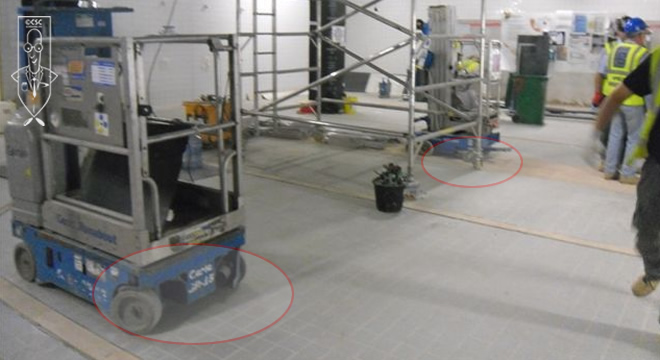
A Practical Guide to Screed Testing: What Do the Experts Say?

A Practical Guide to Screed Testing: What Do the Experts Say?
The importance of getting the surface loading of screeds assessed by a structural engineer
 The wrong assessment of surface loading of screeds is an error that can weigh heavily on the quality of the entire flooring. When any weight is placed on a screeded floor, it is the floor covering and the screed layer beneath that act as the load-spreading layers and disperses the load across the rest of the floor surface.
The wrong assessment of surface loading of screeds is an error that can weigh heavily on the quality of the entire flooring. When any weight is placed on a screeded floor, it is the floor covering and the screed layer beneath that act as the load-spreading layers and disperses the load across the rest of the floor surface.
It is therefore imperative to make an assessment of the type of loads that would be loaded on the screed/floor and design the screed construction accordingly.
One of the major reasons for flawed load bearing assessments is the failure to estimate the possible use of heavy access platforms or MEWPs on the floor during construction or for post construction uses. A wrong estimation could result in a screed construction that does not have the required load bearing capacity, ultimately resulting in cracks and damages on the screed, which could be quite expensive to restore.
In order to avoid such errors, we recommend that the advice of a qualified structural engineer is sought right at the design stage, and the screed construction is carried out only after taking the loading requirements into account.
Some of the important things to be remembered regarding the assessment of surface loading of screeds are:
- Make sure that loading requirements for both construction and post construction activities are considered and the screed and floor is designed only after taking into consideration the heaviest piece of equipment, such as access platforms or MEWPs that could be used on the floor during or after the construction of the floor.
- See to it that the movement and installation/replacement of heavy items are considered and their route through the building is determined.
- Make sure that point loading and vibration/percussive actions of the equipment are addressed.
The right assessment of surface and point loading is a crucial step in ensuring the quality of the screed and the entire flooring.





